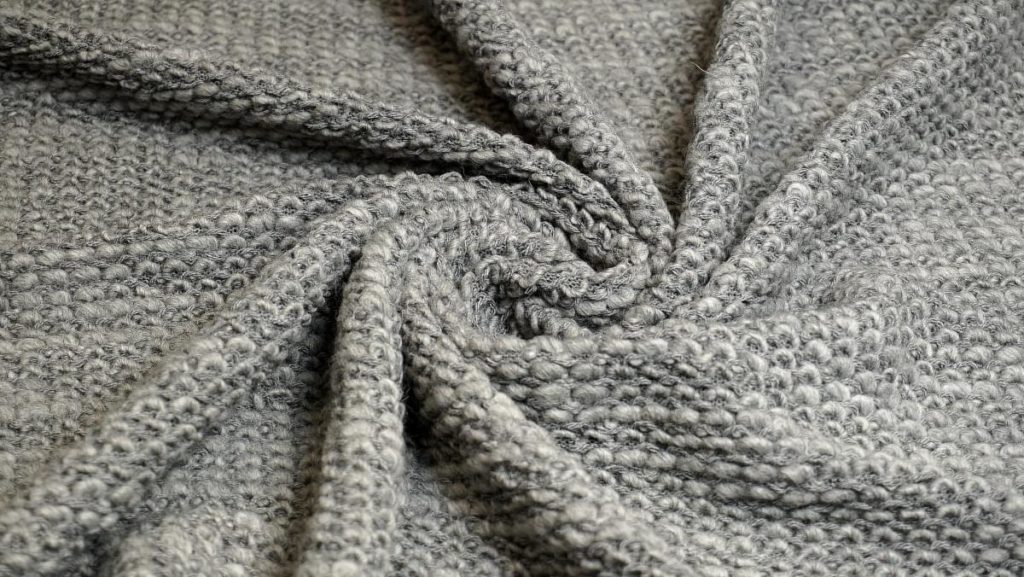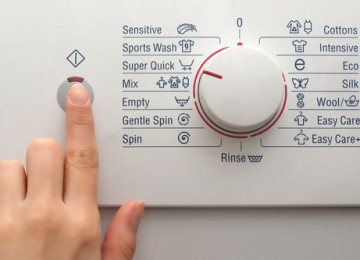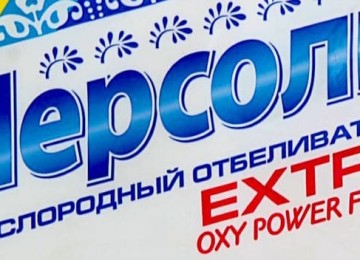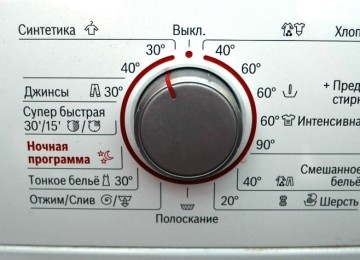Due to the presence of chemically complex substances in everyday life, there is always a risk that a stain will appear on clothes or shoes, because some carelessness can be characteristic of everyone, even those who are very careful in handling things. This is fixable if the stain is easily washed or washed off, but getting rid of varnish or glue is much more difficult, although possible. But before removing a glue stain, it is worth seeking the opinion of knowledgeable people and specialists in order to clean clothes or shoes without damaging the material.
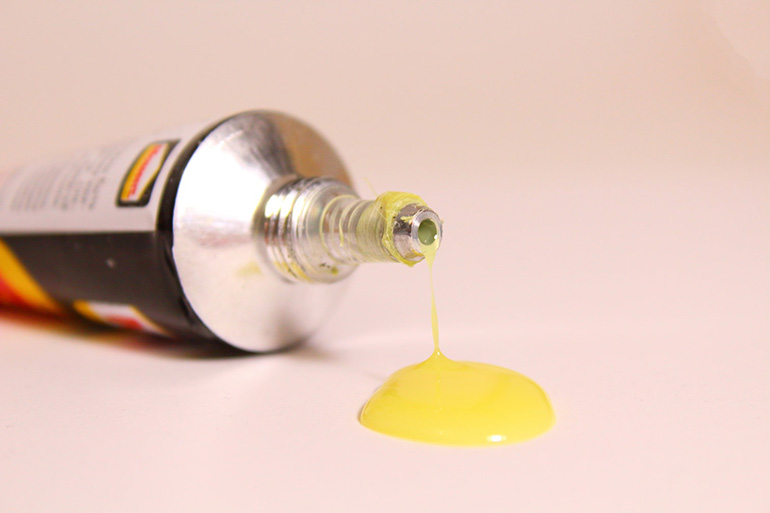
What to do before removing glue from clothing
First of all, it is necessary to remove drops of the composition from the fabric as soon as possible.If you perform the procedure right away, it will be enough to wash the product in cold or hot water, depending on the product that gets on it.
If there is no time to remove the glue immediately, the stained area should be moistened with water and cleaned as soon as possible. But old stains that have been forgotten for 2-3 days will have to be removed using more radical methods.
Before you begin removing a stain, you should find out whether a particular solvent is suitable for a given material, so as not to completely ruin the item.
And the following can happen to her:
- white spots will remain on the fabric, such as on jeans when using undiluted alcohol;
- synthetic fibers will dissolve and sinter under the influence of aggressive substances;
- The area being cleaned will become discolored due to an unsuitable stain remover.
If the result is unsuccessful, the operation can be repeated only after the fabric has dried, otherwise it will be damaged by the chemicals.
Features for different fabrics
If one matter is able to withstand the effects of any chemical without harm, then others may turn out to be hopelessly damaged. In addition to knowledge about the nature of stain removers and their effect on different types of matter, it is advisable to try the effect of the solvent on fabric of a similar composition or on an inconspicuous area of a soiled sewn or knitted item.
.jpg)
To clean any material, do not use:
- window and mirror cleaning products;
- carpet liquids;
- floor cleaning compounds;
- cleaning products for plumbing fixtures;
- machine oil;
- pastes for removing stubborn dirt on the skin of the hands, etc.
Such chemical compositions can ruin things forever.
Delicate fabrics
Delicate ones include natural silk and some other fabrics, incl.artificial, you need to be especially careful with them. To remove stains, it is best to apply a product with the following composition:
- water – 100 ml;
- vinegar 70% – 1 tbsp. or citric acid – 20 g.
.jpg)
The mixture is applied to the adhesive stain and after a few minutes is carefully washed off. After this, the item should be washed.
In addition to this method, freezing is permissible for chiffon, organza, and viscose, due to which the glue becomes brittle and then cleaned off by rubbing the fabric with your fingers. The remaining mark is erased by hand.
Wool and knitwear
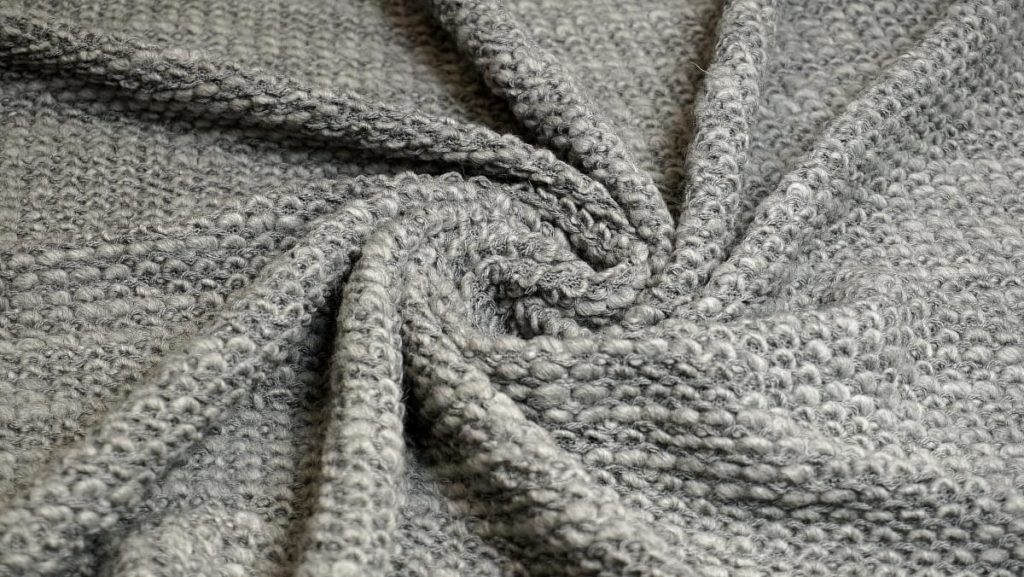
It is also recommended to clean woolen fabrics and knitwear with extreme caution and wash them by hand. We apply the method with vinegar or citric acid, with diluted alcohol. But the best thing is to use soap and cool water so as not to damage the fibers or spoil the color of the material.
Jeans
Glue can be removed from denim clothing - skirts, jackets or trousers - by moistening the stain with medical alcohol or acetone. Freezing is also a good option for cleaning Moment glue and the like. Jeans are placed in the freezer for several hours, the glue freezes, becomes brittle and is easily scraped off with something sharp. The main thing is to be careful not to tear the product.
.jpg)
Natural fabrics
It is better not to clean natural fabric with aggressive agents, as there is a risk of damaging the fabric fibers. An acid solution, acetic or citric, diluted alcohol or soapy water can be used without danger.
If you fail to achieve a positive result, you should repeat the procedure or contact a dry cleaner.
Synthetics
Synthetics can be cleaned with gasoline or acetone, although you need to take into account its composition.If the polyester can withstand a fairly harsh cleaning, then gasoline or acetone will simply dissolve the acetate silk, and a patch of fused fibers will appear at the site of contamination with glue. It is worth trying to remove frozen drops with nail polish remover without acetone, alcohol or white spirit. These products are less aggressive, and thanks to them you can achieve the desired effect.
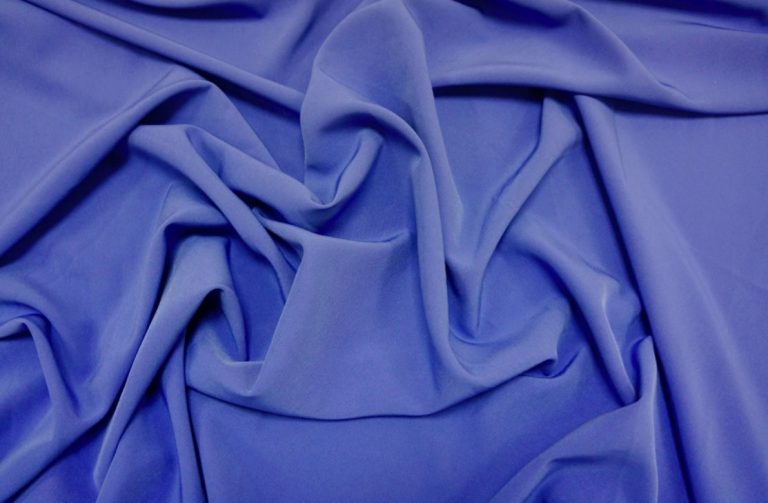
What to do with shoes
When shoes are damaged by glue, they can also be cleaned, taking into account the materials. These include:
- natural suede or nubuck;
- artificial suede or nubuck;
- Genuine Leather;
- leatherette;
- dermantine;
- textile;
- rubber;
- silicone, etc.

It’s not worth spending time and energy on cheap rubber boots or silicone slippers, but restoring the appearance of a natural product should be taken responsibly.
Textile
There are several ways to clean up fabric shoes, such as sneakers, sneakers with textile uppers, etc. They are as follows:
- Alcohol lotions. But we must take into account that it is better not to treat dark fabric with alcohol so that there is no light area left.
- Acetone or nail polish remover containing it. The solvent soaks dried glue and cleans the surface. Its disadvantage is that it cannot process every material.
- White Spirit. Replaces acetone in cases where the latter cannot be used or is not available.
- Freezing. Brittle frozen glue can be easily scraped off with a knife or other sharp object.
After treatment, the fabric top should be thoroughly cleaned with a brush.

Leather
A stain on leather shoes can appear not only due to careless handling of glue, but also during repairs, when a conspicuous, unsightly drip appears on its surface, which is removed:
- Acetone, which is not capable of causing harm to rough shoe leather. It is applied to the stain with a cotton swab or sponge, left for an hour, then the glue is removed with a toothbrush, and the surface is thoroughly wiped.
- Dimexide is a pharmaceutical product that is safe, but smells unpleasant. After using it, shoes should be washed with warm water.
- Raising or lowering the temperature. The latter is freezing in the refrigerator, and the first is blowing hot air from a hairdryer onto the stain. When the glue softens and becomes viscous, it is cleaned off with a blunt object or rolled into a ball, removing it with your fingers.
.jpg)
To get rid of stains on leather shoes, gasoline, soap solution or ammonia are also used.
Suede
Remove glue from suede using purified gasoline. But you need to wet the stain carefully, and do not water it too much. Contamination is also carefully removed with acetone or another solvent. Ammonia will not harm the material, so it is better to use it to tidy up suede or nubuck.

What not to do if contaminated with glue
The rules are as follows:
- You cannot treat glue stains with plain gasoline; you should only use purified gasoline. If after cleaning the item needs to be washed, it is advisable to do this manually.
- It is unacceptable to scrape dry dirt without first softening it, since the fabric will be damaged in this case.
You definitely need to check whether the product is suitable so as not to immediately spoil the item.
How to remove stains from different types of compounds
Each adhesive composition has its own effective solvent, which will help remove even stubborn old stains. However, the stronger the glue, the more aggressive the remover must be.
PVA
PVA is a water-soluble glue, and although it leaves unpleasant-looking white marks on fabric, it does not require caustic substances to remove it. A fresh stain is washed away under running hot water and washed with a cleaned cloth, while old stains are removed using medical alcohol. The latter cannot be used to clean dark jeans; it will leave a light stain on them.

Thin fabrics are cleaned by freezing in this way:
- put them in a plastic bag and leave them for a while;
- rub the contaminated area with your fingertips, causing the glue to fall off;
- wash in the machine in the usual way.
But the best way to protect things is to protect them before starting to work with the composition or change clothes.
Super glue
This type of glue is very durable and creates a rough crust on the surface of the material. While it is fresh, you can remove it with gasoline, being careful when applying the product to thin material. Acetone, white spirit, solvent, etc. are suitable for cleaning white fabrics, and dimexide for colored fabrics. Natural light material is treated with nail polish remover.
But solvents most likely will not help in the fight against old stains, so it is better to resort to a proven product - “Super Moment Anti-Glue”. It is necessary to work with it wearing a mask and gloves.
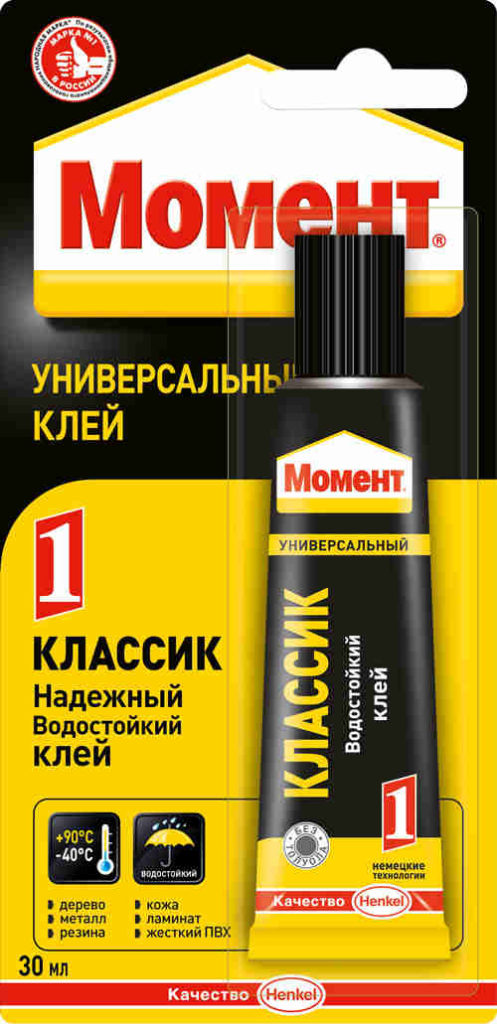
Hot glue gun
Hot glue from a gun hardens after cooling, but you won’t be able to simply scrape it off because it is absorbed into the pores of the material. If the structure of the fabric allows, you can use a hairdryer or iron to heat the stain to a temperature where the adhesive composition melts, but it is better not to risk the item, but to use isopropyl alcohol. To do this, you need to put gauze with solvent on the stain, remove it after 15 minutes, then wash the clothes.
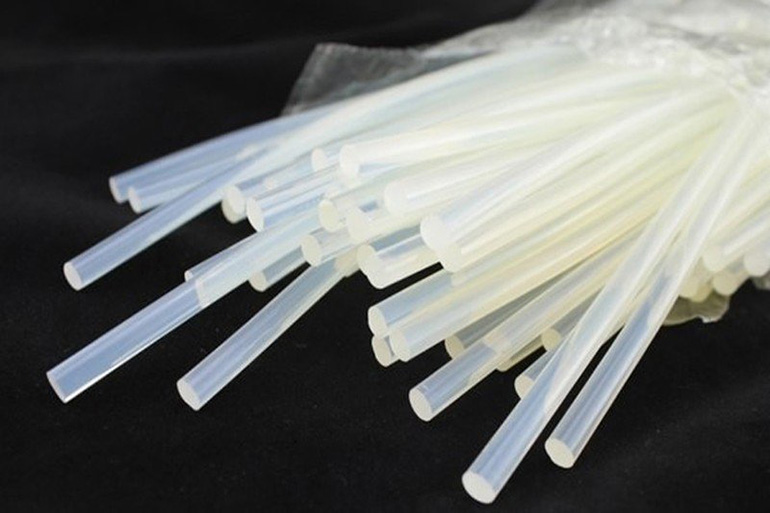
In extreme cases, you should use:
- white spirit;
- unrefined gasoline or its brand "Galosha";
- acetone;
- solvent No. 647.
The last 2 products should be used with caution, since they are very caustic. Cleaning with "SuperMoment Antikley" will also be an effective method.
Stationery
Stains from stationery glue are removed by soaking in soapy water or rubbing with soap. The procedure consists of:
- wetting the desired area of the fabric;
- soaping the stain;
- 30-minute exposure.
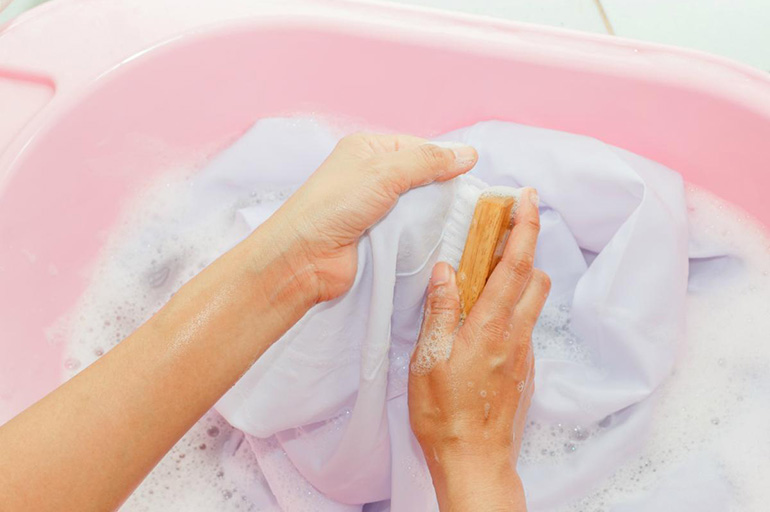
During the specified time, the glue will completely dissolve, the clothes can be washed by hand or in the machine.
"Titan"
Stains from "Titan" are difficult, since the glue is resistant to mechanical impact, temperature changes, sunlight, and is waterproof. Therefore, it will have to be removed by force. This is how it happens:
- the clothes are laid out on the floor, the stain is covered with a cloth napkin;
- the contaminated surface is beaten with a hammer until the glue stops falling off the fabric;
- the remaining particles are removed with a solvent suitable for this material.
In this case, you can use the relatively safe dimexide.

Silicate
To get rid of silicate glue, you need to soak the item in a solution of washing powder mixed with soda. For 200 ml of liquid, take equal parts of the ingredients in the amount of 50 g. You will have to soak the clothes longer than in the case of contamination with office glue, but 3 hours will be enough.
.jpg)
Liquid nails
This is a special composition based on rubber and various polymers. It will be easiest to remove it with acetone. Cleaning steps:
A cotton pad soaked in solvent is placed on the stain and pressed down with something heavy.
- Leave for 10-15 minutes.As a last resort, you should use:
- white spirit;
- unrefined gasoline or its “Galosh” brand;
- acetone;
solvent No. 647.
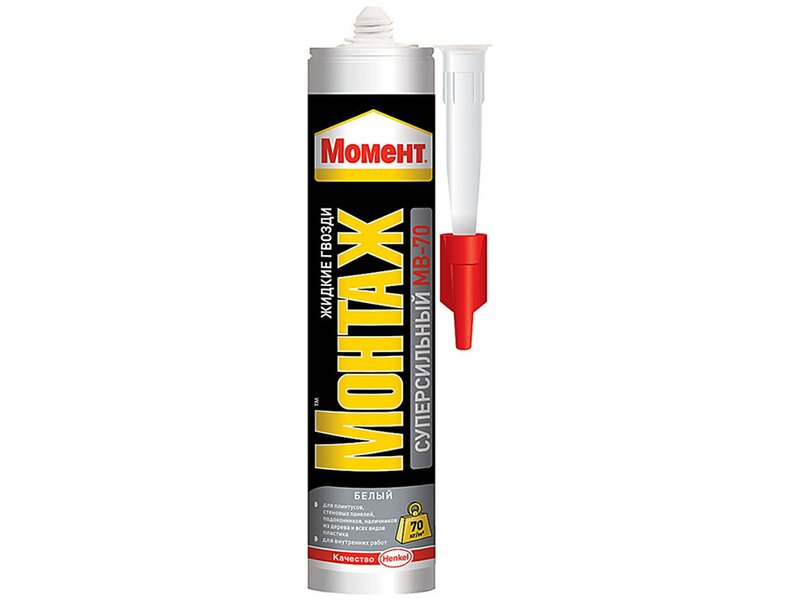
The last 2 products will have to be used with caution, as they are very caustic. Cleaning with SuperMoment Anti-Glue will also be an effective way.
Clerical
.jpg)
Stationery glue stains can be removed by soaking in soapy water or rubbing with soap. The procedure is:
moisturizing the desired area of tissue;
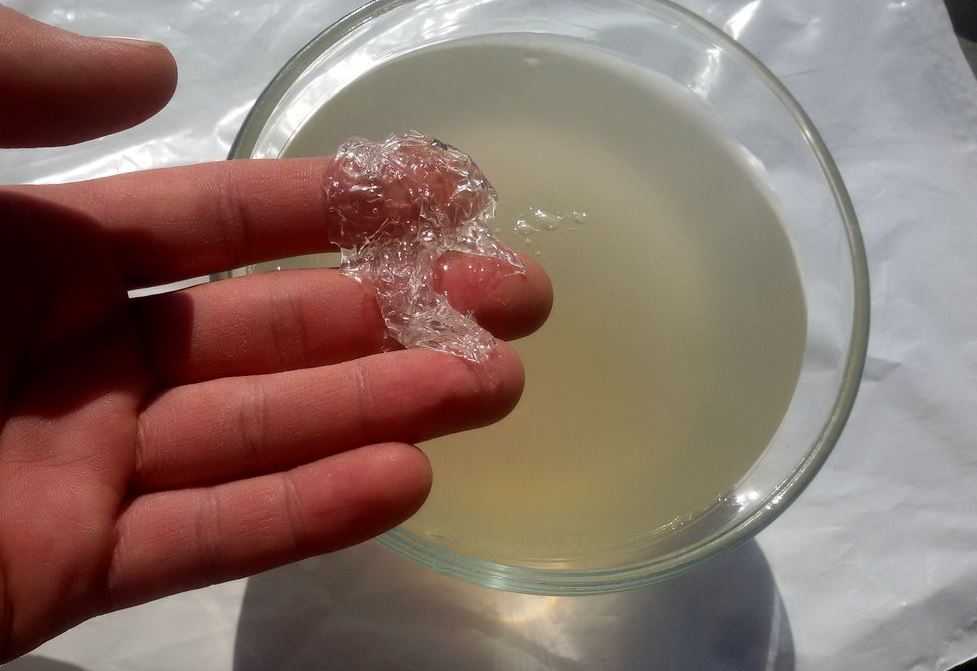
soaping the stain;
30 minute exposure.
During the specified time, the glue will completely dissolve, and the clothes can be washed by hand or in the machine.
![]()
"Titanium"
Titanium stains are difficult because the glue is resistant to mechanical stress, temperature changes, sunlight, and waterproof. Therefore, he will have to be removed by force. It happens like this:
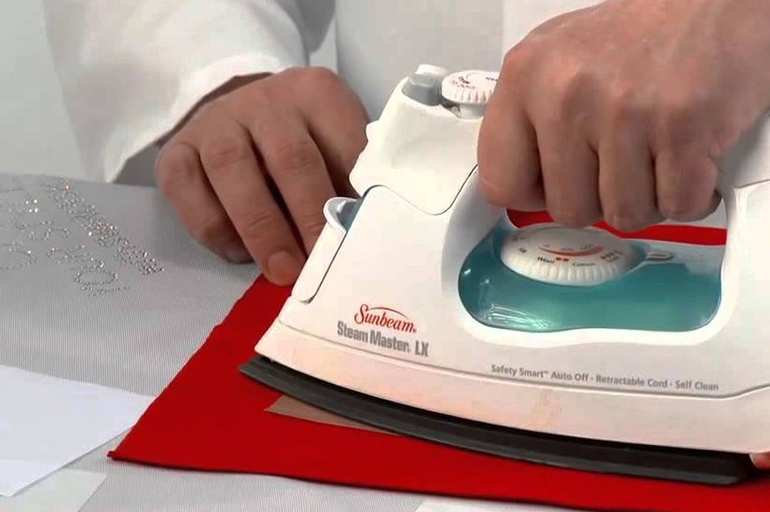
the clothes are laid out on the floor, the stain is covered with a cloth;
- beat the contaminated surface with a hammer until the glue stops falling off the fabric;
- the remaining particles are removed with a solvent suitable for the material.
- In this case, relatively safe dimexide can be used.
Silicate
To get rid of silicate glue, you need to soak the item in a solution of washing powder mixed with soda. For 200 ml of liquid, take equal parts of the ingredients in the amount of 50 g. Soaking the clothes will take longer than in the case of contamination with office glue, but 3 hours will be enough.
Liquid Nails
- This is a special composition based on rubber and various polymers. The easiest way to remove it is with acetone.
- Cleaning steps:
- A cotton pad soaked in solvent is placed on the stain and pressed on top with something heavy.
Leave for 10-15 minutes.

Use a fresh pad soaked in acetone to scrub off the stain.
Clothes are washed by hand in warm water.
- Clean the fabric with light pressure from the edge of the stain to the center. This process is applicable only to fresh stains; there are no long-term stain removal methods yet.
- Wallpaper
- If clothes are stained with wallpaper glue, it is easy to deal with, because it is soluble in water. The stain can be easily removed by exposing it to a strong warm stream. However, if the contamination is old, it will be more difficult to get rid of it. To do this, you will have to soak the item for 12 hours in a solution of washing powder, and then wash it twice: by hand and in the washing machine. Washing powder can be replaced with laundry soap or dish soap.
- Liquid glass

Drops of liquid glass firmly eat into the fabric, especially thin ones. You can remove a stain from it on a dense item in the same way as from silicate glue, since their compositions are almost identical, that is, soak the damaged clothing in water with washing powder and soda.
Silicone
It’s easy to wash off fresh silicone with warm water, but you won’t have any problems with dried silicone. All you have to do is freeze the clothes and scrape off the glue from them. If a greasy mark remains, the item will have to be washed.

There is another way to get rid of the stain. Thick fabrics, laid out on a flat surface, should be carefully scraped with a pumice stone until the glue comes off. Delicate lightweight material should be cleaned with a hard eraser.
For rhinestones
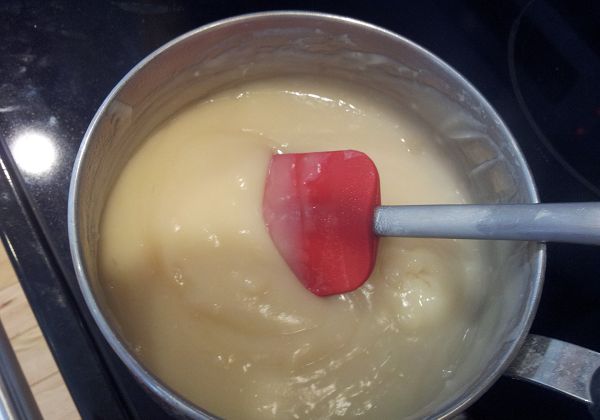
When rhinestones are detached from clothing, unsightly stains remain in their place. To remove them, it is recommended to use an iron, ironing these areas through a paper towel at the highest temperature. The glue will transfer to the paper.If the fabric is delicate, you cannot heat it too much; you should use nail polish remover without acetone. If the fabric composition is different, acetone can be used. But this method is only suitable for light matter. The solvent will remove glue from variegated clothing, but will change its color.
There are several options for dealing with traces left from jewelry:
soaking them with diluted vinegar;
applying ammonia diluted with water from the inside;
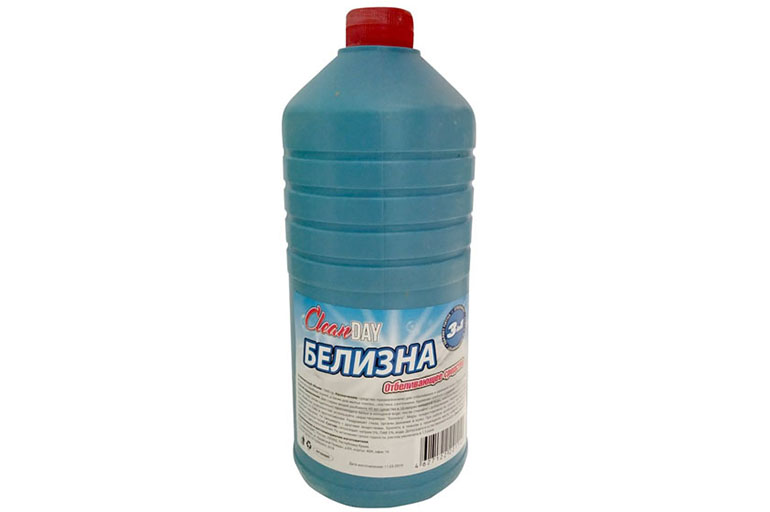
careful use of fairly aggressive turpentine, applying it for no more than 1-2 minutes.
After treating the material with these stain removers, the item must be washed thoroughly. In addition, you can hide traces of rhinestones by gluing others instead.
Mouse
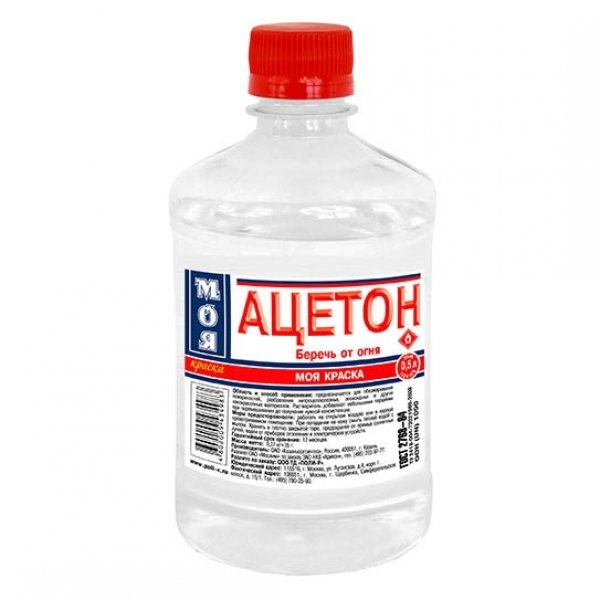
“Mouse” glue is called because it is used in traps for rodents. It can be removed from fabric using vegetable oil. To do this you need:
Dampen a cloth with oil and leave for 10 minutes.
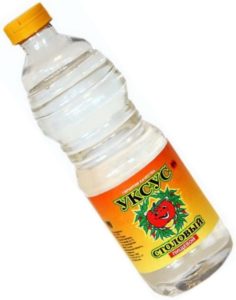
Scrape off the softened glue with a sharp object.
Send clothes to the wash.
- Refined gasoline or kerosene will give a similar effect. If necessary, the procedure can be repeated without causing any damage to the tissue.
- "Moment"
- It is impossible to remove Moment glue from clothes using improvised means, since none of them will affect it. For careful cleaning, you can purchase “SuperMoment Anti-Glue”. In a few minutes, it will rid both the fabric and the skin of your hands, if the work was carried out without gloves, from unwanted stains. The steps of the procedure are:
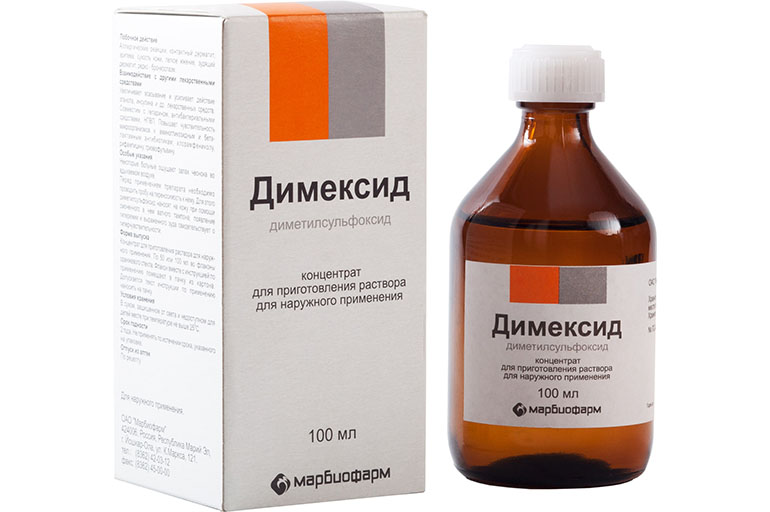
Testing for tissue susceptibility to chemicals.
Applying the composition to the contaminated area.
Applying napkins on both sides.
- After 10-15 minutes - rinse.
- If necessary, repeat the treatment on dried clothes.Anti-glue can be used to remove stains from shoe leather.
- Glue stick
Most often, glue sticks cause damage to children's clothes, because preschoolers and students use them during labor classes. It is not difficult to remove stains from it; just soap them generously, rub them, and rinse with water.

Paste
Removing contaminants from the paste is quite simple, although it will take some time. You need to soak the soiled item in water for 5-6 hours, after rubbing the stains with washing powder. During this period, the glue will get wet, all that remains is to wash the clothes.
.jpg)
Universal methods for removing old stains
A universal remedy for removing adhesive stains includes vegetable oil. But it is not able to cope with every type of pollution; it has to resort to more caustic substances.
White solution
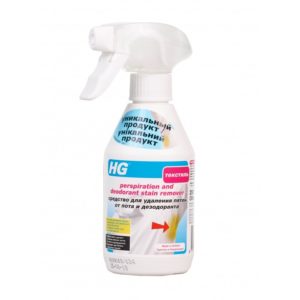
Whiteness can be used to remove glue from white material. To do this, apply the solution to the stain and wipe it off with a light cotton cloth. You cannot use sponges; their fibers will stick to the glue.
Acetone
This product is suitable for durable synthetics, although it is recommended to first test its effect on the underside of the fabric. You can use it to clean drops of hot glue or liquid nails on the fabric or leather uppers of shoes, or remove stains from rhinestones on white clothes. You can't leave it on things for a long time.
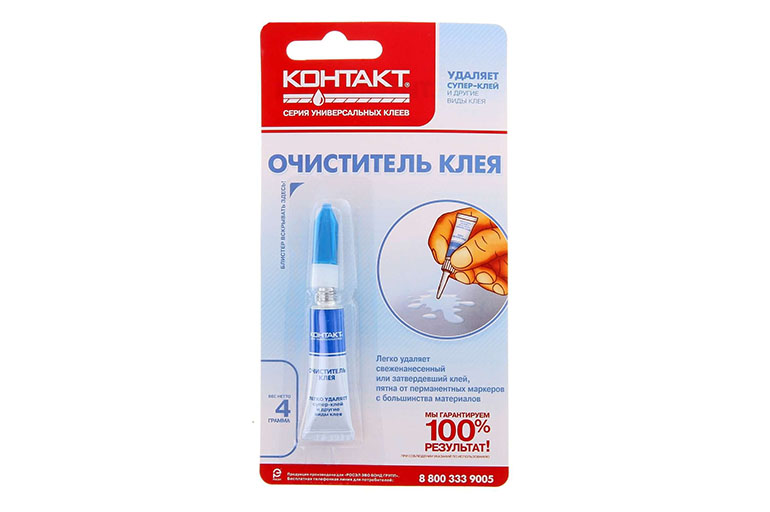
The smell of acetone is so pungent that to avoid poisoning it can only be used with good ventilation in the room.
Table vinegar
- Acetic acid, which is often used in everyday life, is also a universal solvent. It can cope with many stains, but not with every glue drip. It is used for delicate, including synthetic and natural fabrics: wool, silk, and products made from them.
- Dimexide
- To clean fabrics from glue based on ethyl cyanoacrylate or similar chemical compounds, use dimexide sold in pharmacies. To remove stains you will need a 99% concentrate. They work with it as follows:
- 2 cotton pads are soaked in liquid;
place them on the stain on both sides and leave for 2-3 hours;
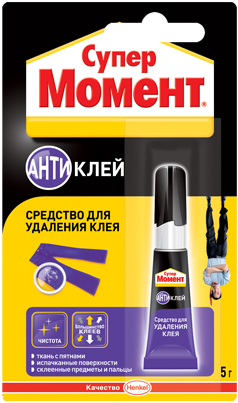
If the traces have disappeared, the item is washed.
All steps may need to be repeated. To do this, wait until the clothes dry.
Refined gasoline
Purified gasoline can remove both fresh and old stains from various compounds. The main thing is to know exactly which fabric can be processed and which cannot. Gasoline is used for cleaning:
- synthetics;
- leather and fabric shoes;
- suede and nubuck.
It is better not to use this solvent on natural or delicate fabrics. The smell of gasoline is pungent and unpleasant; it should be used outdoors.
White Spirit
- White spirit is an oily solvent with a less strong odor than other products obtained from petroleum distillation; it is quite versatile, often used for removing stains or cleaning fur. It can be used to process synthetic materials, shoes made of leather and fabric, and it removes contamination from hot-melt adhesive and other compounds that gasoline and acetone cannot handle.
- Household chemicals for glue
- Special household cleaning products can also solve the problem of glue stains, leaving the clothes clean so they can still be used.
- Hg
- This is a new generation product for eliminating whitish marks from labels and stickers, which include, for example, rhinestones. If steaming with an iron does not work, you should purchase Hg - a liquid that can easily cope with stains from tape, oil, and tar.It can be used not only for fabric, but also for plastic, earthenware, stainless steel, PVC panels, linoleum, and much more. Hg has a pungent odor, so ventilation is necessary when using.
Adhesive cleaner


